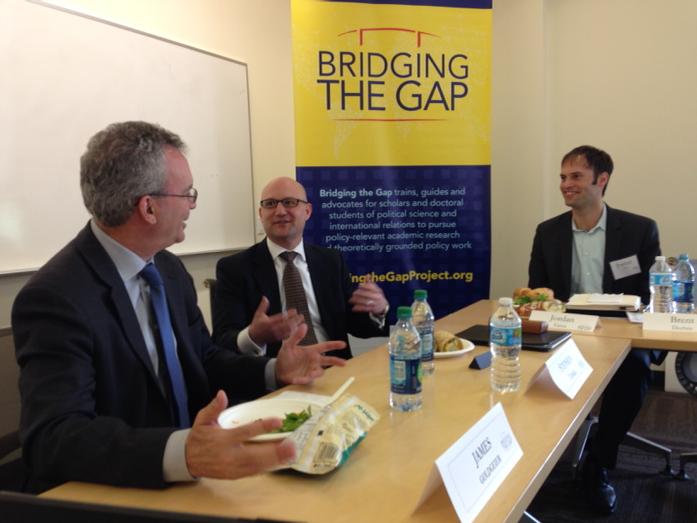My new article, co-authored with Carsten-Andreas Schulz of Cambridge University, has been published by International Organization. IO is perhaps the most prestigious outlet in the field of International Relations, and I’ve dreamed of publishing there since first finishing my PhD. The article, entitled “Compensatory Layering and the Birth of the Multipurpose Multilateral IGO in the Americas,” emerges from our AHRC-funded research on Latin America and the formation of international order. In the piece, we illustrate the innovations that led to the creation of the world’s first multipurpose, multilateral international organization–a form associated with the League of Nations and the United Nations. The first such body was the Pan American Union, which developed between 1890 and 1910 through a series of bargains between the United States and Latin American states. The article builds a bridge between Global International Relations and the study of institutional design, while also advancing institutionalist understanding of the design and development of IOs.
We’re beyond thrilled to see this piece online and eventually in print. We started working on it in mid-2019, initially for a workshop at Johns Hopkins University, and it was a long road with pandemic-related disruptions pushing our revisions back by nearly a year. It’s an honor to be in the pages of International Organization! Abstract below the image.

Abstract
International organizations come in many shapes and sizes. Within this institutional gamut, the multipurpose multilateral intergovernmental organization (MMIGO) plays a central role. This institutional form is often traced to the creation of the League of Nations, but in fact the first MMIGO emerged in the Western Hemisphere at the close of the nineteenth century. Originally modeled on a single-issue European public international union, the Commercial Bureau of the American Republics evolved into the multipurpose, multilateral Pan American Union (PAU). Contrary to prominent explanations of institutional genesis, the PAU’s design did not result from functional needs nor from the blueprints of a hegemonic power. Advancing a recent synthesis between historical and rational institutionalism, we argue that the first MMIGO arose through a process of compensatory layering: a mechanism whereby a sequence of bargains over control and scope leads to gradual but transformative institutional change. We expect compensatory layering to occur when an organization is focal, power asymmetries among members of that organization are large, and preferences over institutional design diverge. Our empirical and theoretical contributions demonstrate the value a more global international relations (IR) perspective can bring to the study of institutional design. international relations (IR) scholars have long noted that international organizations provide smaller states with voice opportunities; our account suggests those spaces may be of smaller states’ own making.

 ISA was particularly useful this year, my first traveling from the UK to participate. On the one hand, it gave me the chance to catch up with many Washington contacts, which was professionally beneficial and personally gratifying. It’s wonderful that American University has such a presence. ISA feels a bit like homecoming, and that’s special when you are an ocean away. On the other, I had a great excuse to introduce myself to people from all over the UK, with whom I might be able to collaborate, but whom I might not usually meet here. The Bridging the Gap project has provided another, related, home at ISA. I am bumping into BtG folks wherever I go, and the community active and welcoming.
ISA was particularly useful this year, my first traveling from the UK to participate. On the one hand, it gave me the chance to catch up with many Washington contacts, which was professionally beneficial and personally gratifying. It’s wonderful that American University has such a presence. ISA feels a bit like homecoming, and that’s special when you are an ocean away. On the other, I had a great excuse to introduce myself to people from all over the UK, with whom I might be able to collaborate, but whom I might not usually meet here. The Bridging the Gap project has provided another, related, home at ISA. I am bumping into BtG folks wherever I go, and the community active and welcoming.

